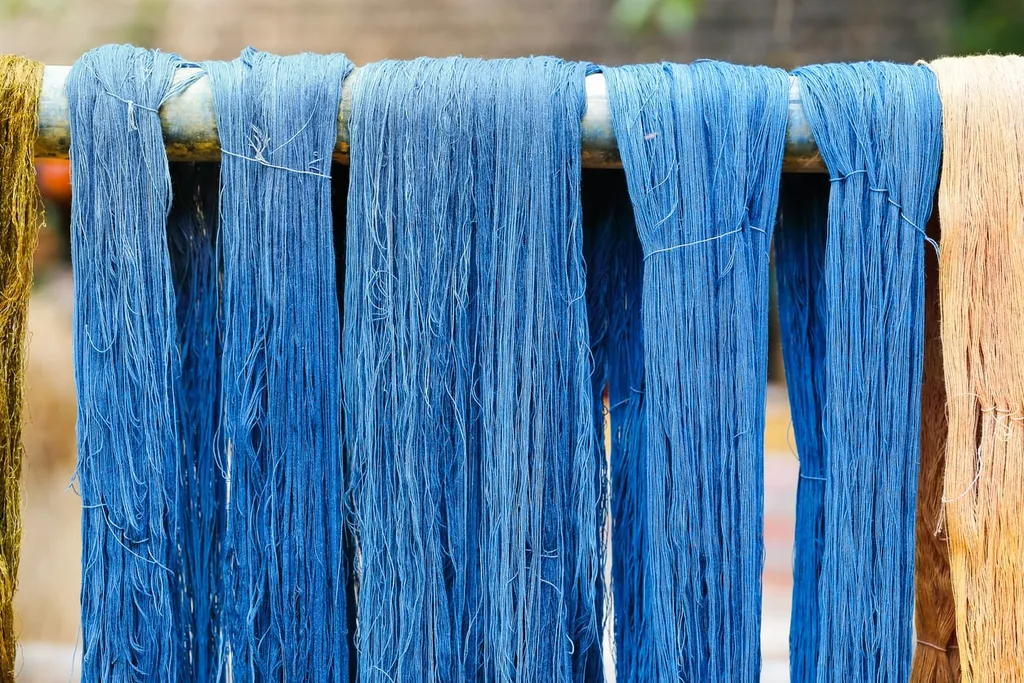Top Natural Blue Fabric Dyes for Eco-Friendly Textiles and Crafting Projects
The Best Natural Blue Dye for Fabric Exploring Options and Techniques
In the world of fabric dyeing, achieving vibrant and persistent colors has always been a crucial aspect of textile arts. Among the spectrum of colors, blue has a special place, celebrated for its aesthetic appeal and cultural significance. Instead of synthetic dyes, many artisans and eco-conscious crafters are now turning to natural sources for their dyeing needs. In this article, we will explore some of the best natural blue dyes for fabric, their sources, and techniques for dyeing.
1. Indigo The Classic Blue Dye
Indigo is perhaps the most renowned natural blue dye, historically used across various cultures, from ancient Egypt to Japan and West Africa. The dye is extracted from the leaves of the Indigofera plant, specifically Indigofera tinctoria. The dyeing process involves a fermentation stage where the leaves are fermented in water to convert the indigo glycoside into soluble indigo. The fabric is then dipped into this solution and exposed to air, where it oxidizes and turns a vibrant blue. One of the remarkable aspects of indigo dyeing is its ability to produce various shades of blue through multiple dips and varying exposure times.
2. Woad The European Alternative
Before indigo became widely available in Europe, woad (Isatis tinctoria) was the primary source of blue dye for many centuries. Like indigo, woad leaves contain a precursor to indigo dye, but they must undergo a similar fermentation process to yield the dye. Woad produces a lighter, softer shade of blue compared to indigo, and it has been used for centuries in traditional European textile practices. Woad plants can be grown in a garden, making them a viable option for home dyers seeking a sustainable source of blue dye.
3. Butterfly Pea Flower The Newcomer
In recent years, the butterfly pea flower (Clitoria ternatea) has gained popularity in the textile world for its vibrant blue pigment. Commonly used in Southeast Asian cuisines, the flowers yield a bright blue dye through a simple extraction process. When dried flowers are steeped in hot water, they release a beautiful blue color that can be used to dye fabrics. Moreover, the dye is pH-sensitive; adding lemon juice can change the color to a vibrant purple, offering a unique dual-color option for dyers looking to experiment.
best natural blue dye for fabric

4. Other Sources of Blue Dye
While indigo, woad, and butterfly pea flower are among the most popular choices, there are other plants that can yield blue dyes. The blue cornflower (Centaurea cyanus) and certain varieties of red cabbage can produce blue shades, though the results can be less predictable and often require modifiers to achieve the desired depth of color. Each natural source brings its unique characteristics to fabrics in terms of hue, lightfastness, and wash durability.
Dyeing Techniques
When working with natural blue dyes, pre-treating the fabric is essential. Cotton, linen, and silk are excellent choices for dyeing, and they often benefit from a mordant—a substance that helps fix the dye onto the fabric. Common mordants include alum and iron, each imparting different tonal qualities to the dyed fabric.
The dyeing process itself can vary but generally involves soaking the fabric in a dye bath after preparing the dye extract, allowing the fabric to absorb the color. Multiple dips can enhance the dye's intensity and result in beautiful, complex shades.
Conclusion
Choosing the best natural blue dye for fabric is not just about aesthetics; it’s also about embracing sustainable and traditional practices. From the ancient art of indigo dyeing to the innovative use of butterfly pea flowers, there are numerous options available to modern textile artists. By experimenting with these natural dyes, artisans can create unique pieces that reflect their craftsmanship while respecting the environment. Whether you are a seasoned dyer or a curious beginner, the journey into natural dyeing offers endless possibilities to explore the lush world of color.
-
Thermal Stability Analysis of Bromo Indigo Pigments
NewsJun.06,2025
-
Sulphur Black Dye Oxidation Process Optimization
NewsJun.06,2025
-
Lightfastness Testing of Bromo Indigo Dyed Denim
NewsJun.06,2025
-
Granule Size Distribution and Jeans Color Uniformity
NewsJun.06,2025
-
Gradient Dyeing Methods with Indigo Blue Granules
NewsJun.06,2025
-
Dyeing Temperature Effects on Sulphur Black Color Fastness
NewsJun.06,2025
-
Sulphur Black Dyes in Daily Use
NewsMay.07,2025

Sulphur Black
1.Name: sulphur black; Sulfur Black; Sulphur Black 1;
2.Structure formula:
3.Molecule formula: C6H4N2O5
4.CAS No.: 1326-82-5
5.HS code: 32041911
6.Product specification:Appearance:black phosphorus flakes; black liquid

Bromo Indigo; Vat Bromo-Indigo; C.I.Vat Blue 5
1.Name: Bromo indigo; Vat bromo-indigo; C.I.Vat blue 5;
2.Structure formula:
3.Molecule formula: C16H6Br4N2O2
4.CAS No.: 2475-31-2
5.HS code: 3204151000 6.Major usage and instruction: Be mainly used to dye cotton fabrics.

Indigo Blue Vat Blue
1.Name: indigo blue,vat blue 1,
2.Structure formula:
3.Molecule formula: C16H10N2O2
4.. CAS No.: 482-89-3
5.Molecule weight: 262.62
6.HS code: 3204151000
7.Major usage and instruction: Be mainly used to dye cotton fabrics.

